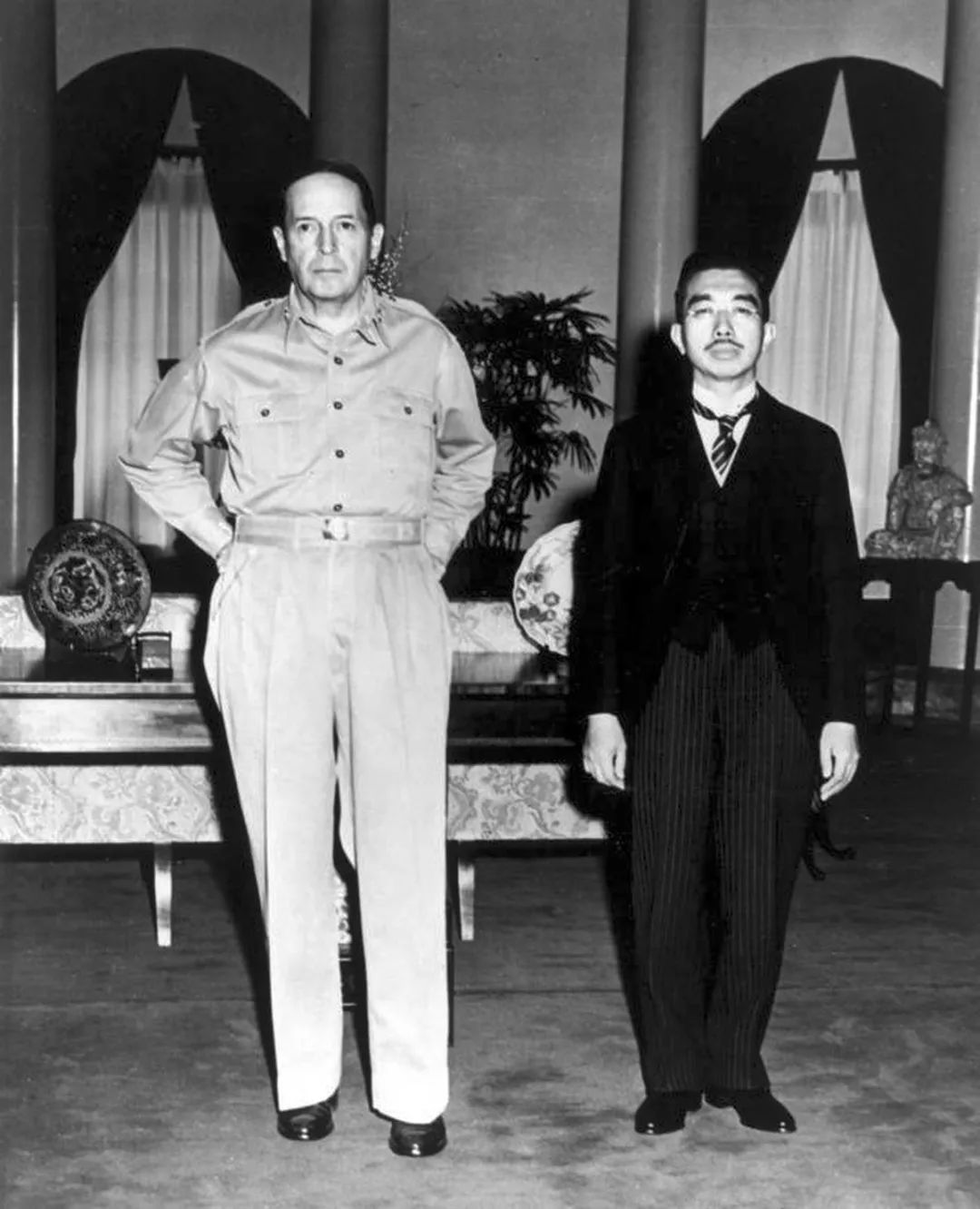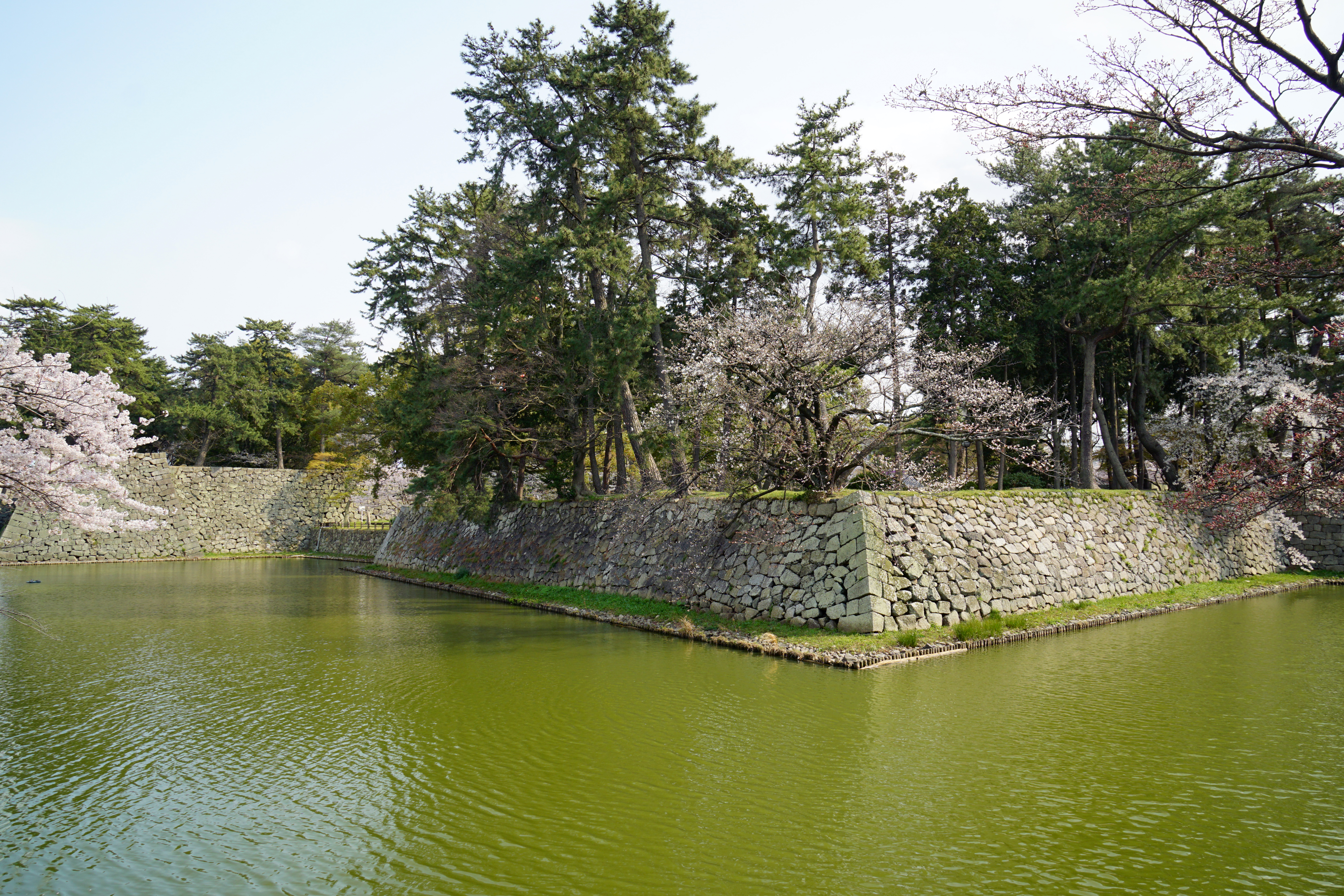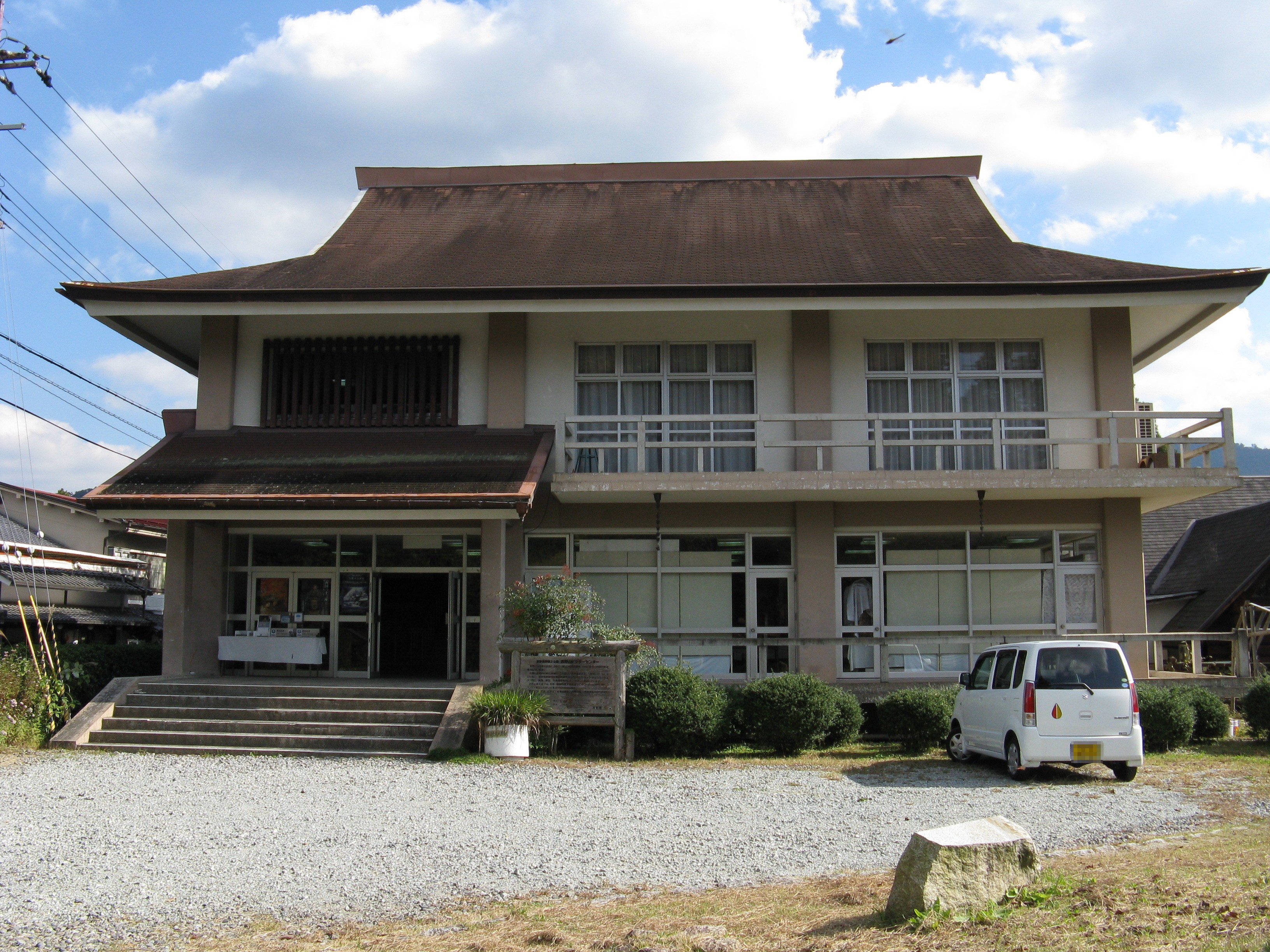|
Yūki Shrine
is a Shinto shrine located in the city of Tsu, Mie Prefecture, Japan. Its main festival is held annually on May 1, 2 and 3. It is one of the Fifteen Shrines of the Kenmu Restoration. History Yūki Munehiro (1266 – 1339) was a vassal of the Kamakura shogunate who had been entrusted with southern Mutsu Province and was castellan of Shirakawa Castle He was dispatched by Hōjō Takatoki to Kyoto in 1331 during the Genkō War, but subsequently defected to the side of Emperor Go-Daigo. He returned as one of Nitta Yoshisada's generals during the 1333 Battle of Kamakura to overthrow the Hōjō. Following the Kenmu Restoration, he served alongside Kusunoki Masashige as an aide to Emperor Go-Daigo and assisted Kitabatake Akiie conquer Mutsu Province. When Ashikaga Takauji rebelled against Emperor Go-Daigo, he led the army which retook Kyoto from the Ashikaga in 1336 and was awarded a sword from the emperor. However, in 1338 Ashikaga Takauji retook Kyoto, and Yūki Munehiro was forced ... [...More Info...] [...Related Items...] OR: [Wikipedia] [Google] [Baidu] |
Shinto
Shinto () is a religion from Japan. Classified as an East Asian religion by scholars of religion, its practitioners often regard it as Japan's indigenous religion and as a nature religion. Scholars sometimes call its practitioners ''Shintoists'', although adherents rarely use that term themselves. There is no central authority in control of Shinto, with much diversity of belief and practice evident among practitioners. A polytheistic and animistic religion, Shinto revolves around supernatural entities called the . The are believed to inhabit all things, including forces of nature and prominent landscape locations. The are worshiped at household shrines, family shrines, and ''jinja'' public shrines. The latter are staffed by priests, known as , who oversee offerings of food and drink to the specific enshrined at that location. This is done to cultivate harmony between humans and and to solicit the latter's blessing. Other common rituals include the dances, rites of pass ... [...More Info...] [...Related Items...] OR: [Wikipedia] [Google] [Baidu] |
Kenmu Restoration
The was a three-year period of Imperial rule in Japanese history between the Kamakura period and the Muromachi period from 1333 to 1336. The Kenmu Restoration was an effort made by Emperor Go-Daigo to overthrow the ruling Kamakura Shogunate and restore the Imperial House to power in Japan, returning to civilian government after 148 years of ''de facto'' military government from Kamakura.Sansom 1977: 22-42. Go-Daigo launched the Genkō War in 1331 against the Kamakura Shogunate but was defeated and exiled to the Oki Islands. Go-Daigo launched a second uprising, and with the assistance of the defected Kamakura general Ashikaga Takauji, defeated the Kamakura Shogunate at the siege of Kamakura in 1333. The Imperial House was restored to power but Go-Daigo's policies failed to satisfy his ''samurai'' supporters and most Japanese people. The Kenmu Restoration was ultimately overthrown when Takauji became ''Shōgun'' and founded the Ashikaga Shogunate in 1336, beginning the " North ... [...More Info...] [...Related Items...] OR: [Wikipedia] [Google] [Baidu] |
Modern System Of Ranked Shinto Shrines
The was an organizational aspect of the establishment of Japanese State Shinto. This system classified Shinto shrines as either official government shrines or "other" shrines. The official shrines were divided into #Imperial shrines (''kampeisha''), which are parsed into minor, medium, or major sub-categories; and #National shrines (''kokuheisha''), which are similarly categorized as minor, medium, or major.Institute for Japanese Culture and Classics, Kokugakuin University Glossary of Shinto Names and Terms, ''Kampei Taisha.''/ref> Some shrines are the "first shrines" called ''ichinomiya'' that have the highest rank in their respective provinces of Japan. The Ise Grand Shrine stood at the top of all shrines and thus was outside the classification. History On the fourteenth day of the fifth month of 1871, by decree of the Dajō-kan, the fundamental elements of the modern shrine system were established: a hierarchic ranking of Shinto shrines, with specification of the grades of ... [...More Info...] [...Related Items...] OR: [Wikipedia] [Google] [Baidu] |
Meiji Government
The was the government that was formed by politicians of the Satsuma Domain and Chōshū Domain in the 1860s. The Meiji government was the early government of the Empire of Japan. Politicians of the Meiji government were known as the Meiji oligarchy, who overthrew the Tokugawa shogunate. Early developments After the Meiji Restoration, the leaders of the ''samurai'' who overthrew the Tokugawa shogunate had no clear agenda or pre-developed plan on how to run Japan. They did have a number of things in common; according to Andrew Gordon, “It was precisely their intermediate status and their insecure salaried position, coupled with their sense of frustrated ambition and entitlement to rule, that account for the revolutionary energy of the Meiji insurgents and their far-reaching program of reform”. most were in their mid-40s, and most were from the four '' tozama'' domains of western Japan (Chōshū, Satsuma, Tosa and Hizen). Although from lower-ranked ''samurai'' families, th ... [...More Info...] [...Related Items...] OR: [Wikipedia] [Google] [Baidu] |
State Shinto
was Imperial Japan's ideological use of the Japanese folk religion and traditions of Shinto. The state exercised control of shrine finances and training regimes for priests to strongly encourage Shinto practices that emphasized the Emperor as a divine being. The State Shinto ideology emerged at the start of the Meiji era, after government officials defined freedom of religion within the Meiji Constitution. Imperial scholars believed Shinto reflected the historical fact of the Emperor's divine origins rather than a religious belief, and argued that it should enjoy a privileged relationship with the Japanese state. The government argued that Shinto was a non-religious moral tradition and patriotic practice, to give the impression that they supported religious freedom. Though early Meiji-era attempts to unite Shinto and the state failed, this non-religious concept of ideological Shinto was incorporated into state bureaucracy. Shrines were defined as patriotic, not religious, ins ... [...More Info...] [...Related Items...] OR: [Wikipedia] [Google] [Baidu] |
Meiji Restoration
The , referred to at the time as the , and also known as the Meiji Renovation, Revolution, Regeneration, Reform, or Renewal, was a political event that restored practical imperial rule to Japan in 1868 under Emperor Meiji. Although there were ruling emperors before the Meiji Restoration, the events restored practical abilities and consolidated the political system under the Emperor of Japan. The goals of the restored government were expressed by the new emperor in the Charter Oath. The Restoration led to enormous changes in Japan's political and social structure and spanned both the late Edo period (often called the Bakumatsu) and the beginning of the Meiji era, during which time Japan rapidly Industrialisation, industrialized and adopted Western culture, Western ideas and production methods. Foreign influence The Japanese knew they were behind the Western powers when US Commodore (United States), Commodore Matthew C. Perry came to Japan in 1853 in Black Ships, large warshi ... [...More Info...] [...Related Items...] OR: [Wikipedia] [Google] [Baidu] |
Tsu Domain
was a feudal domain under the Tokugawa shogunate of Edo period Japan, located in Ise Province and in Iga Province in what is part of now modern-day Tsu, Mie. It was centered around Tsu Castle. Tsu Domain was controlled the '' tozama'' Tōdō clan throughout most of its history. History Tsu was known as "Anotsu" during the Sengoku period and was controlled by the Kudo clan, who were originally from Shinano Province. Oda Nobunaga's invasion of Ise in 1568 was resolved by the Kudo clan adopting Nobunaga's younger brother, Oda Nobukane as heir. Following Nobunaga's death, Nobukane swore fealty to Toyotomi Hideyoshi, but in 1594 he was transferred to Ōmi Province. Hideyoshi assigned the territory to Tomita Tomonobu, with a ''kokudaka'' of 50,000 ''koku''. On his death in 1599, he was succeeded by his son, Tomita Nobutaka, who approached Tokugawa Ieyasu. He assisted Ieyasu in the invasion of Aizu, but was later defeated at the Battle of Aonutsu Castle by a pro-Toyotomi coalition. ... [...More Info...] [...Related Items...] OR: [Wikipedia] [Google] [Baidu] |
Daimyō
were powerful Japanese magnates, feudal lords who, from the 10th century to the early Meiji era, Meiji period in the middle 19th century, ruled most of Japan from their vast, hereditary land holdings. They were subordinate to the shogun and nominally to the Emperor of Japan, emperor and the ''kuge''. In the term, means 'large', and stands for , meaning 'private land'. From the ''shugo'' of the Muromachi period through the Sengoku period, Sengoku to the ''daimyo'' of the Edo period, the rank had a long and varied history. The backgrounds of ''daimyo'' also varied considerably; while some ''daimyo'' clans, notably the Mōri clan, Mōri, Shimazu clan, Shimazu and Hosokawa clan, Hosokawa, were cadet branches of the Imperial family or were descended from the ''kuge'', other ''daimyo'' were promoted from the ranks of the samurai, notably during the Edo period. ''Daimyo'' often hired samurai to guard their land, and they paid the samurai in land or food as relatively few could aff ... [...More Info...] [...Related Items...] OR: [Wikipedia] [Google] [Baidu] |
Tōdō Takasawa
was a Japanese ''daimyō'' of the middle Edo period. He was the 10th ''daimyō'' from the Tōdō clan to ruled Tsu Domain in Ise and Iga Provinces. Biography Takasawa was born in 1781 as the son of the previous daimyo of Tsu Domain, Tōdō Takasato. However, in 1790, he was adopted by Tōdō Takasawa, the daimyo of Hisa Domain, a subsidiary domain of Tsu domain. Takasawa died the same year, and although only nine years old, Takasawa became daimyo of Hisai. The domain suffered from severe financial problems due to the frequent deaths of its lords, and lack of fiscal control. Under Takasawa, a series of reforms were implemented, including increased taxes, an involuntary saving system and fiscal restraint. A low-interest loan system was also implemented to encourage investment in new businesses and a reserve of capital was created to cope with natural disasters. In 1806, due to the premature death of his brother, Takasawa was transferred to Tsu Domain. At Tsu, he found the econom ... [...More Info...] [...Related Items...] OR: [Wikipedia] [Google] [Baidu] |
Ise Province
was a province of Japan in the area of Japan that is today includes most of modern Mie Prefecture. Ise bordered on Iga, Kii, Mino, Ōmi, Owari, Shima, and Yamato Provinces. Its abbreviated form name was . History The name of Ise appears in the earliest written records of Japan, and was the site of numerous religious and folkloric events connected with the Shinto religion and Yamato court. Ise province was one of the original provinces of Japan established in the Nara period under the Taihō Code, when the former princely state of Ise was divided into Ise, Iga and Shima. The original capital of the province was located in what is now the city of Suzuka, and was excavated by archaeologists in 1957. The site was proclaimed a national historic landmark in 1986. The remains of the Ise kokubunji have also been found within the boundaries of modern Suzuka. Under the ''Engishiki'' classification system, Ise was ranked as a "great country" () and a "close country" (). Two Shinto ... [...More Info...] [...Related Items...] OR: [Wikipedia] [Google] [Baidu] |
Southern Court
The were a set of four emperors (Emperor Go-Daigo and his line) whose claims to sovereignty during the Nanboku-chō period spanning from 1336 through 1392 were usurped by the Northern Court. This period ended with the Southern Court definitively losing the war, and they were forced to completely submit sovereignty to the Northern Court. This had the result that, while later Japanese sovereigns were descended from the Northern Court, posterity assigns sole legitimacy during this period to the Southern Court. The Southern descendants are also known as the "junior line" and the , Daikaku-ji being the cloistered home of Go-Uda, a Southern ruler. Because it was based in Yoshino, Nara, it is also called the . Nanboku-chō overview The genesis of the Northern Court go back to Emperor Go-Saga, who reigned from 1242 through 1246. Go-Saga was succeeded by two of his sons, Emperor Go-Fukakusa and Emperor Kameyama, who took turns on the throne. This was because on his death bed in 1272, ... [...More Info...] [...Related Items...] OR: [Wikipedia] [Google] [Baidu] |
Yoshino, Nara
is a town located in Yoshino District, Nara Prefecture, Japan. As of September 1, 2007, the town had an estimated population of 6,337 and a density of . The total area was . Geography The town of Yoshino is located in the northern portion of Yoshino District. Most of the area is mountainous, but the section along the Yoshino River is somewhat flatter and contains most of the town's roads, train tracks and houses. * Mountains: Yoshino Mountain * Rivers: Yoshino River * Lakes: Lake Tsuburo The most well-known area within the town is Yoshino Mountain, famous for its many thousands of sakura trees; much poetry has been written on the subject by several famous authors, including Chiyo and Uejima Onitsura. These flowering cherry trees were planted in four groves at different altitudes, in part so that the trees would be visible coming into bloom at different times in the spring. An account of Yoshino written in about 1714 explained that, on their climb to the top, travelers would be ... [...More Info...] [...Related Items...] OR: [Wikipedia] [Google] [Baidu] |





